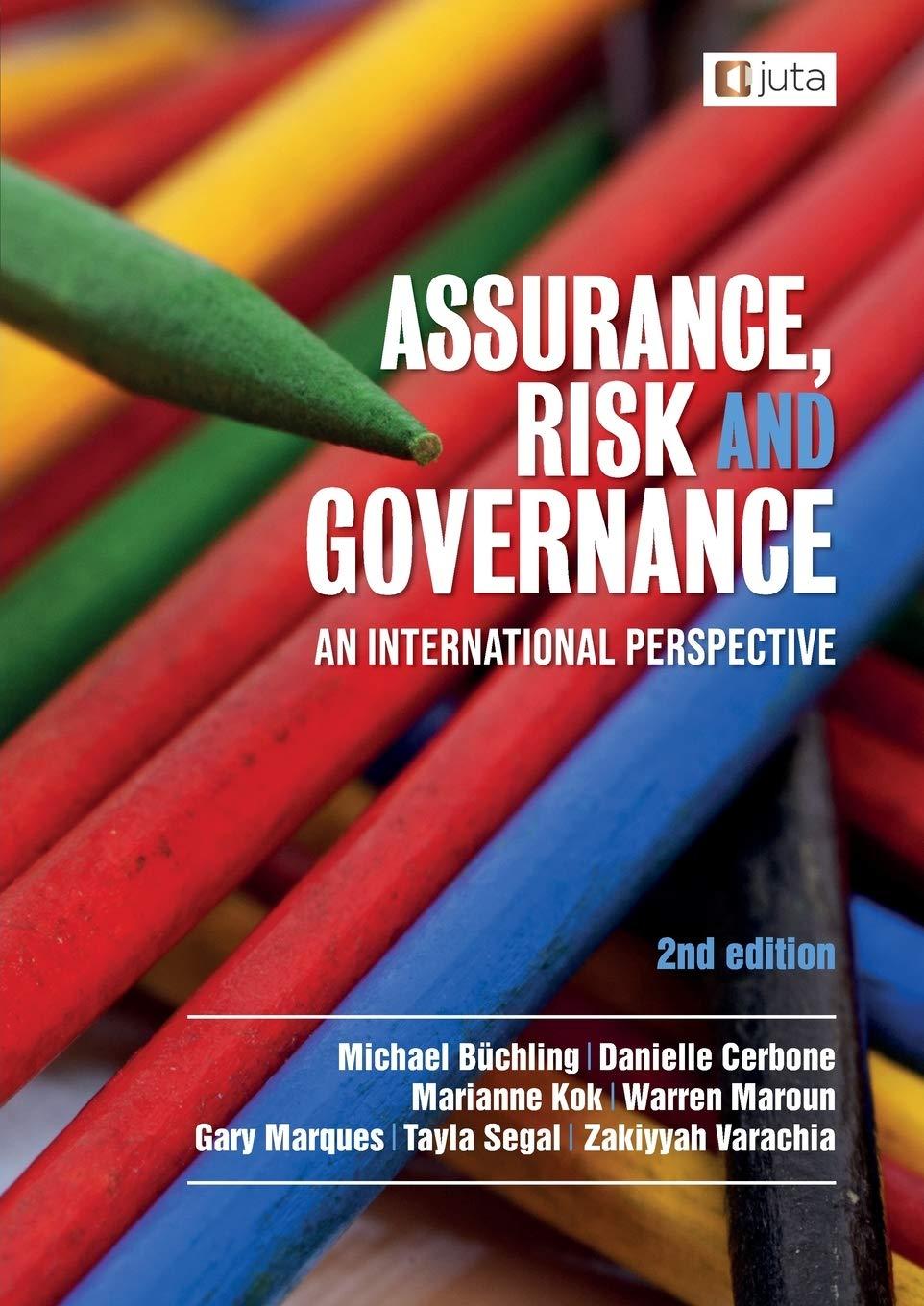Question
Two firms, i and j, are engaged in price competition. That is, firms i and j choose prices pi and pj . As a result
Two firms, i and j, are engaged in price competition. That is, firms i and j choose prices pi and pj . As a result of their choices, they end up selling qi and qj items respectively. The relationship between the ps and the qs satisfies the following: pi = max{10 2qi + qj , 0}; pj = max{10 2qj + qi , 0}. 1 (Note again that the firms choose pi and pj , and the qi and qj are determined so as to satisfy the equations above.) All costs are assumed to be zero. (a) (2 points) Show that firm is market clearing quantity qi is qi = max{10 2 3 pi 1 3 pj , 0}. (b) (4 points) Write down the profit function for firms i and j as a function of their strategies pi and pj . Find an equilibrium strategy for the firms and compute their equilibrium profits. (c) (4 points) Find the prices (p i , p j ) at which the total profit of the two firms is maximized. (d) (10 points) Now suppose that this price competition game is played infinitely many times, and that the firms payoffs are discounted by (0, 1). Describe a subgame perfect Nash equilibrium in which the joint profit is maximized in each period. What is the lowest value of for which the strategy you prescribe is a subgame perfect Nash equilibrium?
Step by Step Solution
There are 3 Steps involved in it
Step: 1

Get Instant Access to Expert-Tailored Solutions
See step-by-step solutions with expert insights and AI powered tools for academic success
Step: 2

Step: 3

Ace Your Homework with AI
Get the answers you need in no time with our AI-driven, step-by-step assistance
Get Started


